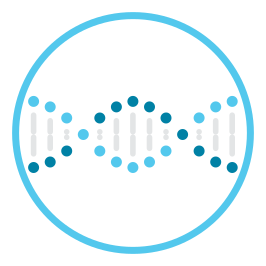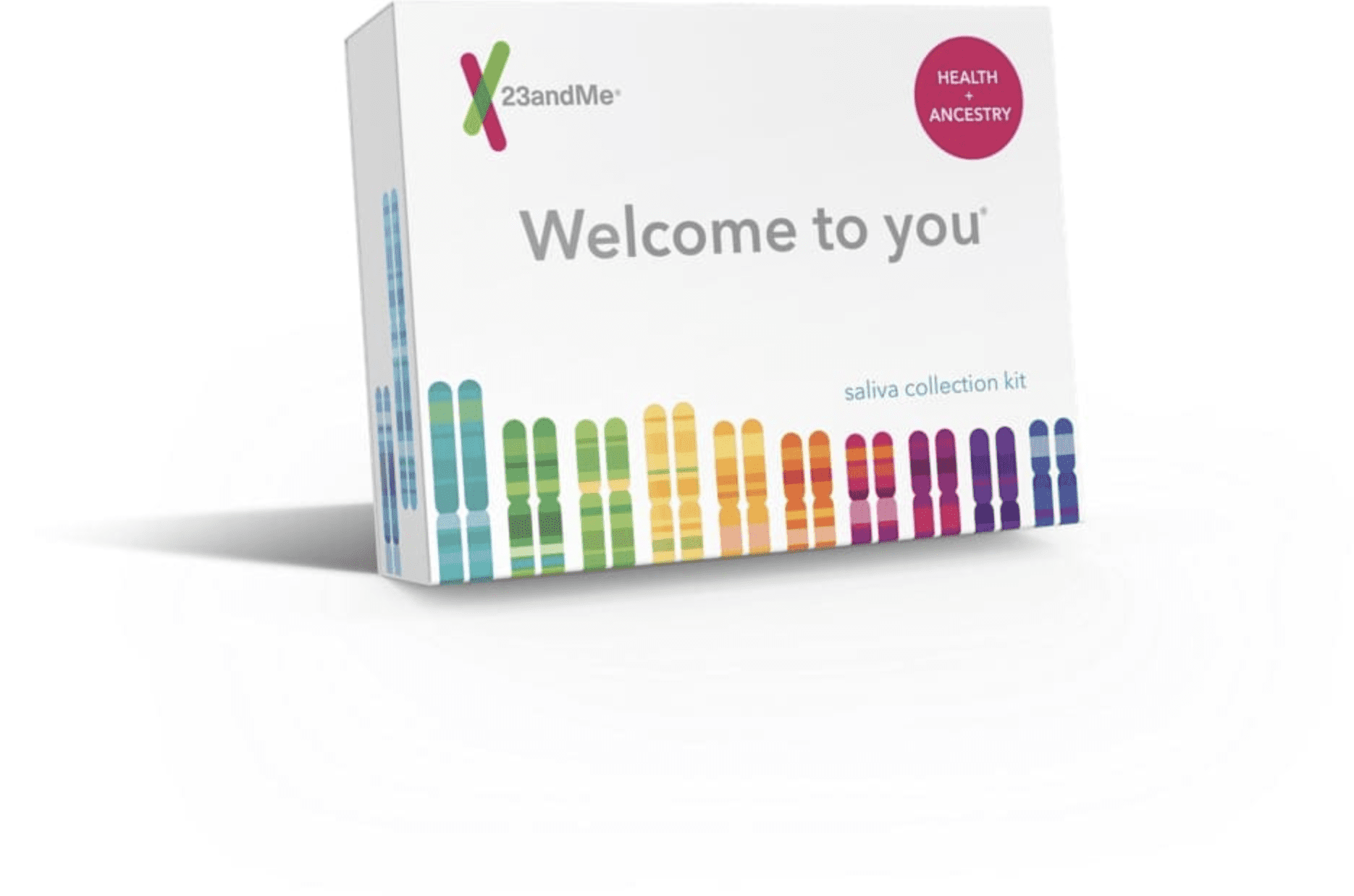Is Hereditary Thrombophilia Genetic?Explore Hereditary Thrombophilia and what your DNA can tell you
What is Hereditary Thrombophilia?
Hereditary thrombophilia is a predisposition to developing harmful blood clots. These harmful blood clots most commonly form in the legs and can travel to the lungs.
A blood clot is a clump of blood that has become a somewhat solid mass. Blood clots usually form to stop bleeding after an injury. A harmful blood clot is a clot that forms where it should not, obstructing blood flow to vital tissues. These harmful blood clots are generally known as venous thromboembolism (VTE). When they form in the legs, the condition is known as deep vein thrombosis (DVT). When they travel to the lungs, the condition is known as pulmonary embolism (PE).
Genetics of Hereditary Thrombophilia
Hereditary thrombophilia is genetic. The two most common genetic variants (differences) linked to hereditary thrombophilia are found in two genes, called F5 and F2. These genes are important in the normal clotting process. But the F5 variant (sometimes called factor V Leiden) and the F2 variant increase the risk of developing blood clots that can block blood flow to certain parts of the body.

Other factors that may cause an increased likelihood of Hereditary thrombophilia
Other factors can increase the chances of developing harmful blood clots.
- Major surgery
- Age
- Long periods of not moving, such as long-distance travel or being bedridden
- Using oral contraceptives containing estrogen
- Obesity
- Family history of harmful blood clots
Consult with a healthcare professional before making any major lifestyle changes.
Harmful blood clots impact many people
It’s estimated that up to 100,000 people die in the U.S. each year from blood clots. That’s more than 250 people per day.
Are blood clots preventable?
Harmful blood clots can often be prevented. Understanding if you may be at increased risk and addressing risk factors that are within your control can lower the chances of developing these blood clots.
Find out if your genetics might increase your likelihood of developing Hereditary Thrombophilia
You can find out whether you may be at increased risk of developing harmful blood clots based on your genetics through 23andMe’s Hereditary Thrombophilia Genetic Health Risk report*. This report includes the two most common genetic variants linked to hereditary thrombophilia. The Hereditary Thrombophilia Genetic Health Risk report is available through the 23andMe Health + Ancestry Service.

Health + Ancestry Service
*The 23andMe PGS test uses qualitative genotyping to detect select clinically relevant variants in the genomic DNA of adults from saliva for the purpose of reporting and interpreting genetic health risks. It is not intended to diagnose any disease. Your ethnicity may affect the relevance of each report and how your genetic health risk results are interpreted. Each genetic health risk report describes if a person has variants associated with a higher risk of developing a disease, but does not describe a person’s overall risk of developing the disease. The test is not intended to tell you anything about your current state of health, or to be used to make medical decisions, including whether or not you should take a medication, how much of a medication you should take, or determine any treatment. The Hereditary Thrombophilia genetic health risk report is indicated for reporting of the Factor V Leiden variant in the F5 gene, and the Prothrombin G20210A variant in the F2 gene and describes if a person has variants associated with a higher risk of developing harmful blood clots. The variants included in this report are most common and best studied in people of European descent. These variants are also found in populations with European ancestry, like African Americans and Hispanics or Latinos.
References
American Heart Association, Inc. (2019). “What is Venous Thromboembolism (VTE)?” Retrieved Feb 19, 2019, from https://www.heart.org/en/health-topics/venous-thromboembolism/what-is-venous-thromboembolism-vte.
American Society of Hematology. “Blood Clots.” Retrieved Sep 21, 2021, from https://www.hematology.org/education/patients/blood-clots.
Centers for Disease Control and Prevention. (2019, Feb 5). “Data and Statistics on Venous Thromboembolism.” Retrieved February 8, 2019, from https://www.cdc.gov/ncbddd/dvt/data.html.
Mayo Clinic. (2019). “Deep vein thrombosis (DVT). Retrieved Feb 19, 2019, from https://www.mayoclinic.org/diseases-conditions/deep-vein-thrombosis/symptoms-causes/syc-20352557.
Mayo Clinic. (2019). “Blood Clots.” Retrieved Feb 19, 2019, from https://www.mayoclinic.org/symptoms/blood-clots/basics/definition/sym-20050850.
MedlinePlus. “Factor V Leiden thrombophilia.” Retrieved Sep 21, 2021, from https://medlineplus.gov/genetics/condition/factor-v-leiden-thrombophilia/.
MedlinePlus. “Prothrombin thrombophilia.” Retrieved Sep 21, 2021, from https://medlineplus.gov/genetics/condition/prothrombin-thrombophilia/.
National Blood Clot Alliance. “Blood Clots in the United States.” Retrieved February 8, 2019, from https://www.stoptheclot.org/blood-clot-information/blood-clots-in-the-united-states.